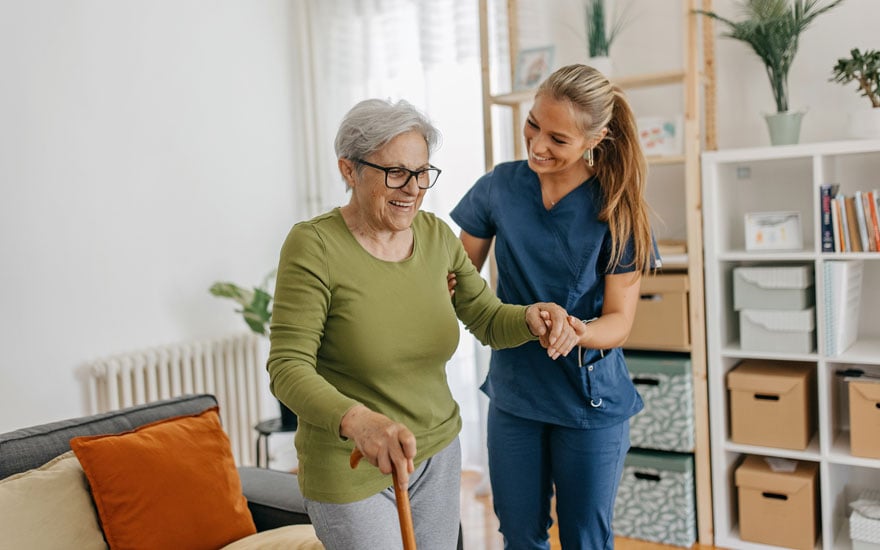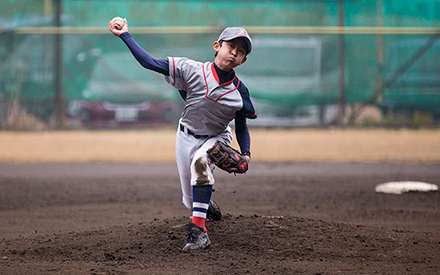
Each year, millions of older adults (65 and older) fall. One in 10 reported falls results in an injury that causes an older adult to restrict their activities or seek medical attention. The rest (9 out of 10 falls) may be minor but can serve as a warning to take action. It is very important not to brush off a minor fall as a misstep or one-time event that “won’t happen again.”
Why? Experiencing one fall doubles your chances of falling again. A single fall can have a significant impact on your quality of life. The good news is that many falls and falls-related injuries are preventable. Falls prevention begins with taking stock of your health, home environment, and other factors.
Whether you have a high or low falls risk, you can help to prevent falls by:
- Seeing your primary care health professional or physical therapist annually.
- Ensuring that your home is safe.
- Maintaining or building your strength and balance.
The National Council on Aging has an at-home self-assessment called the Falls Free CheckUp that will get you thinking about:
- Factors that could contribute to a fall.
- Steps you can take to prevent falls at home or on the go.
Try the Falls Free CheckUp to assess yourself or a family member. If the results indicate a high falls risk, making an appointment with a physical therapist or your primary care provider can be an important step to help you prevent falls. Check out our helpful tips from physical therapists for falls prevention below and visit Find a PT to search for a physical therapist in your area who can help you.
How a Physical Therapist Can Help
A physical therapist can assess your balance, fitness, and other factors, including your home environment, and design a safe exercise program to help you reduce your falls risk.
Physical therapists are movement experts who improve quality of life through hands-on care, patient education, and prescribed movement. Many physical therapists, community groups, and activity centers for older adults offer falls risk assessments and classes to improve balance and strength and reduce your risk of falling. Contact a physical therapist for an evaluation and treatment specific to you.


